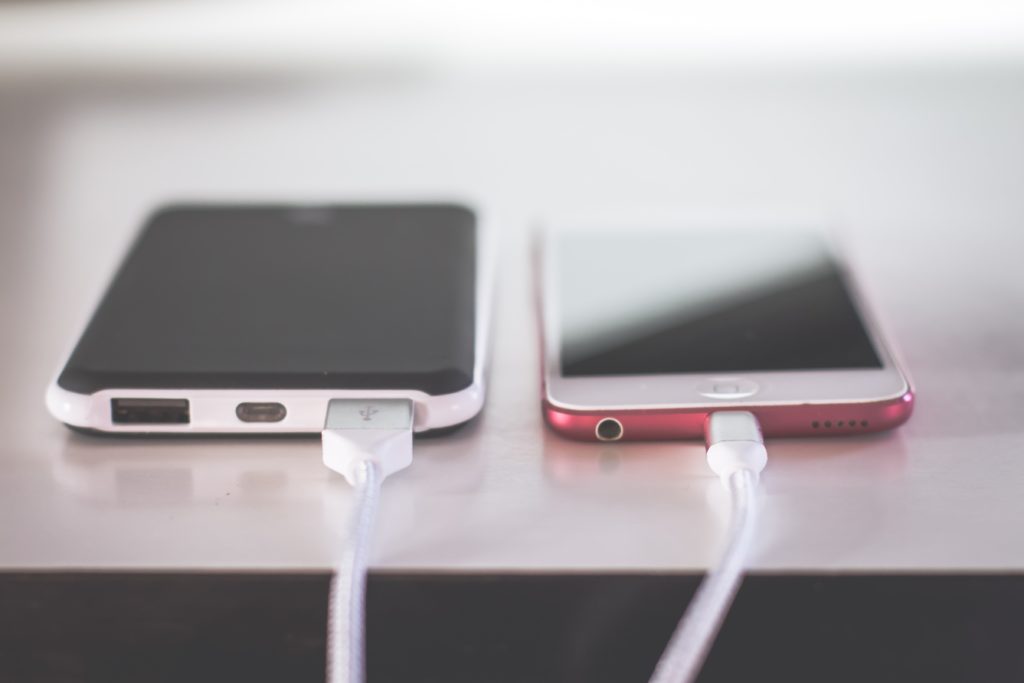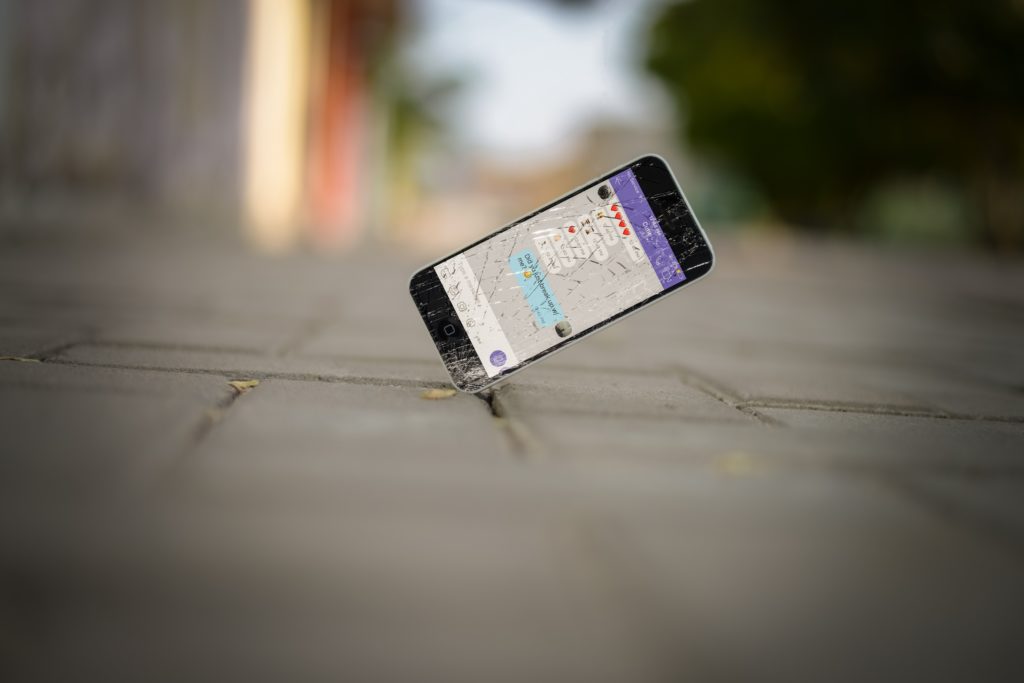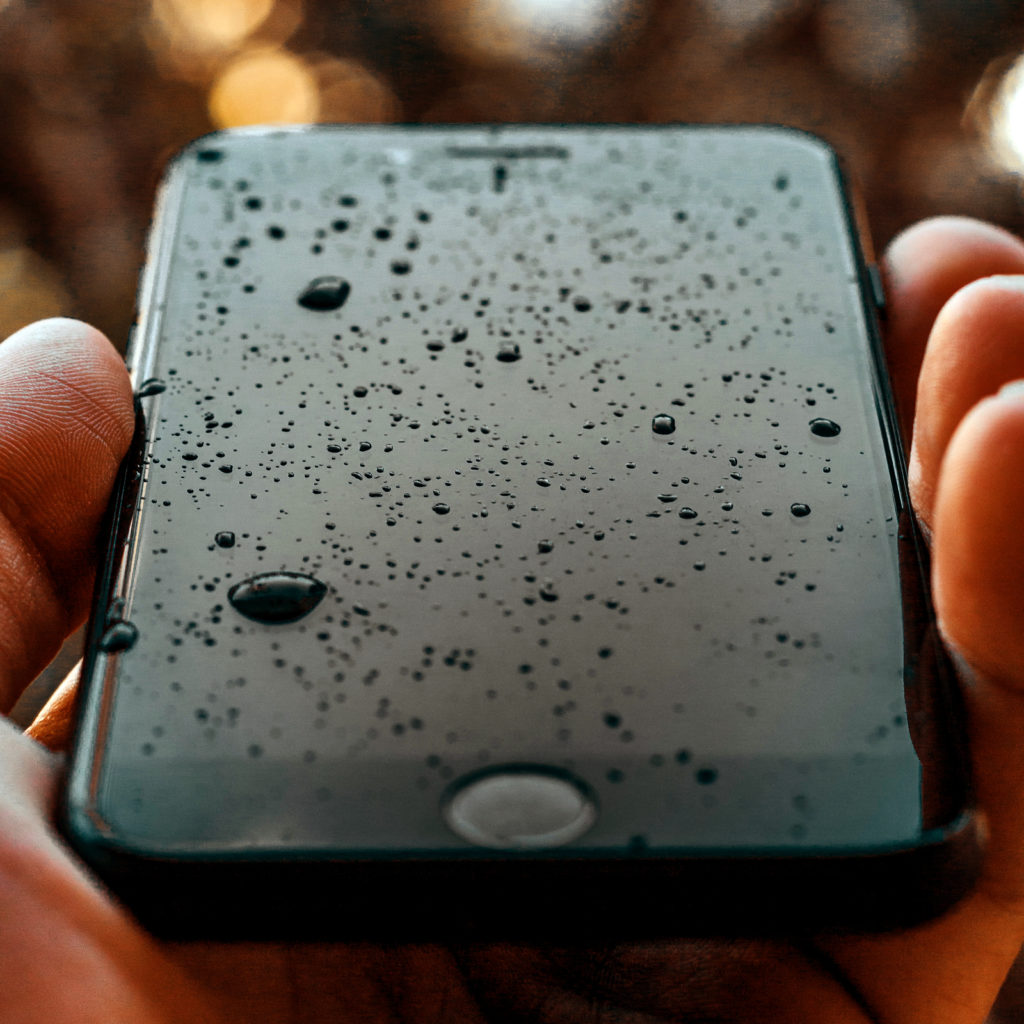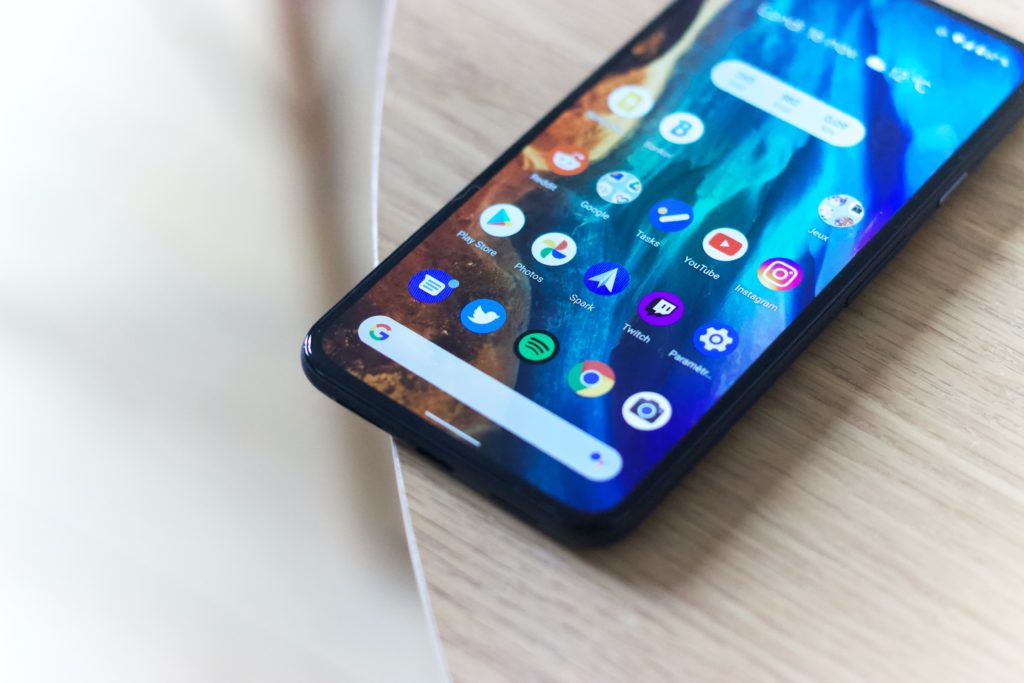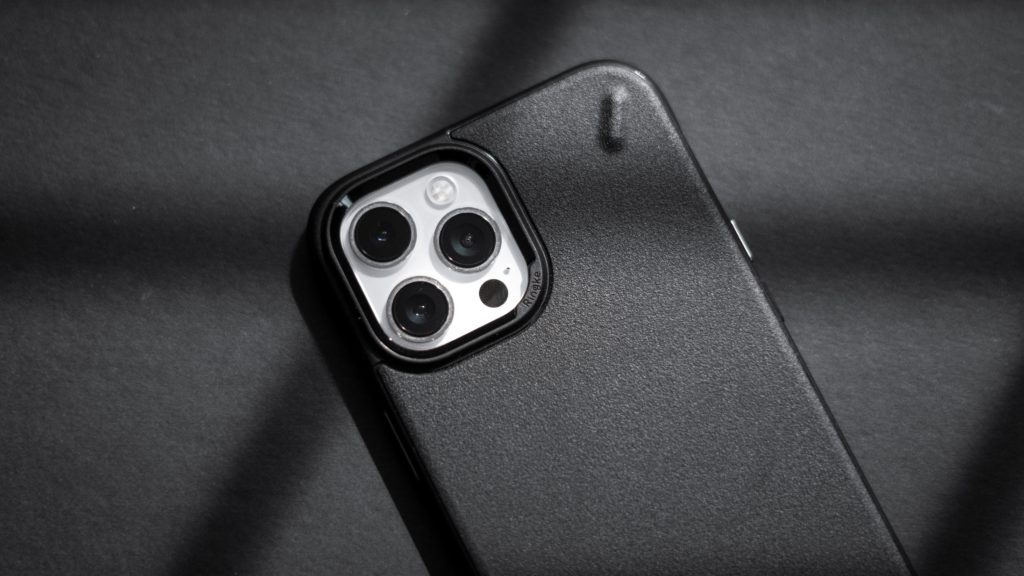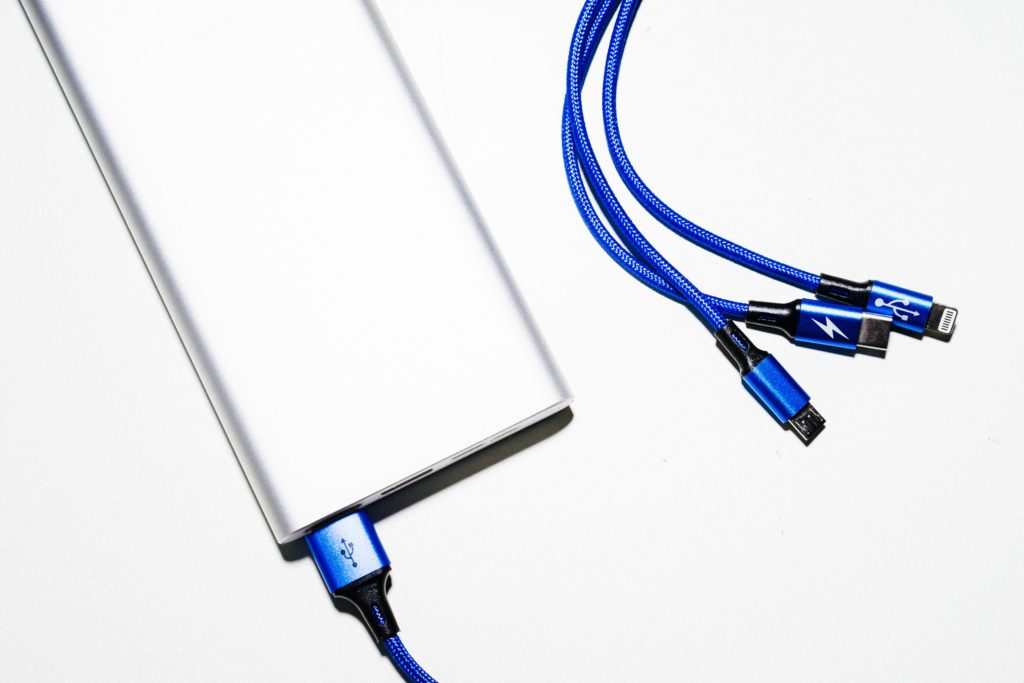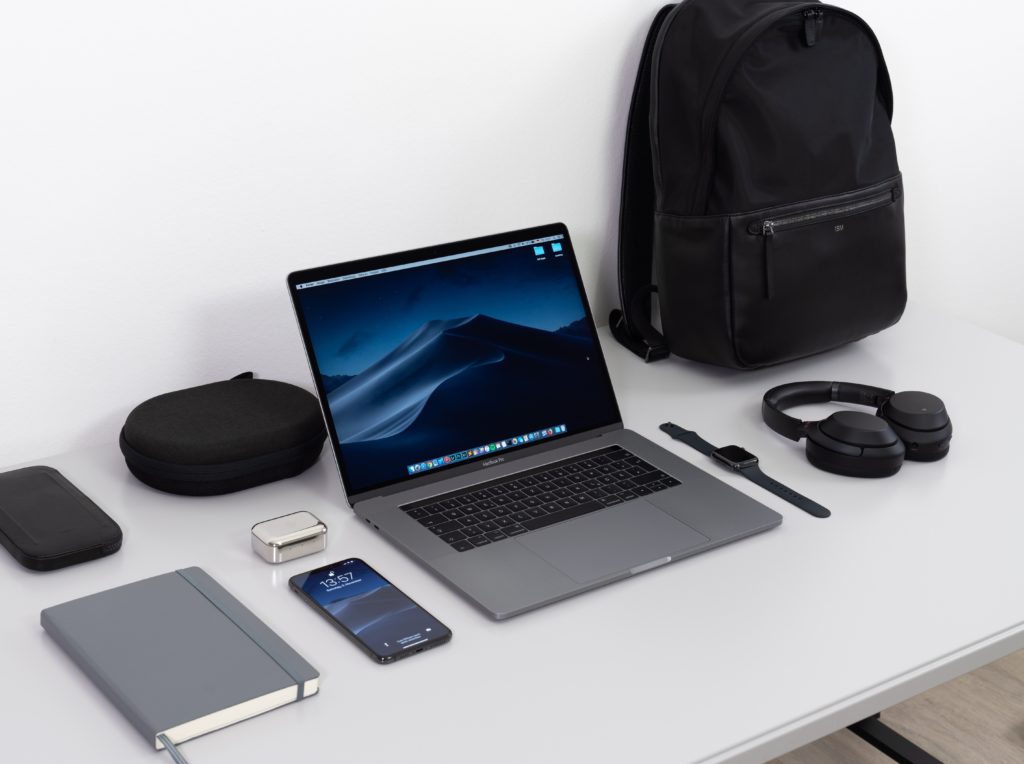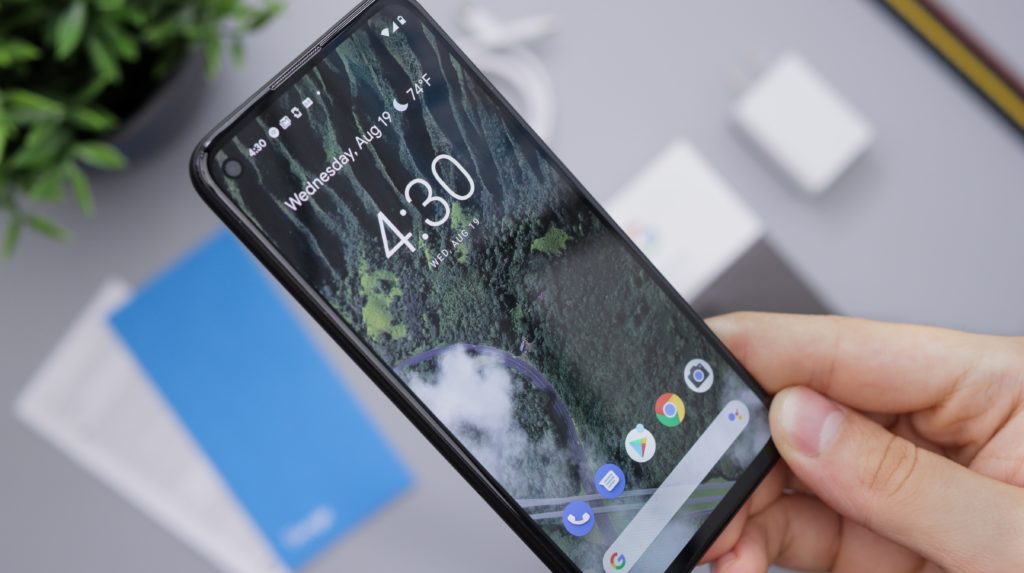Smartphones have become an integral part of our lives, serving as our communication hub, entertainment center, and productivity tool. However, their delicate nature and constant usage can take a toll on their lifespan. To make the most of your investment and reduce electronic waste, it’s crucial to adopt habits that extend smartphone lifespan. In this blog post, iFixYouri will explore some practical tips to help you maximize your smartphone’s longevity and keep it running smoothly for years to come. You may also want to check out our post on Common Smartphone Issues and How to Avoid Them.
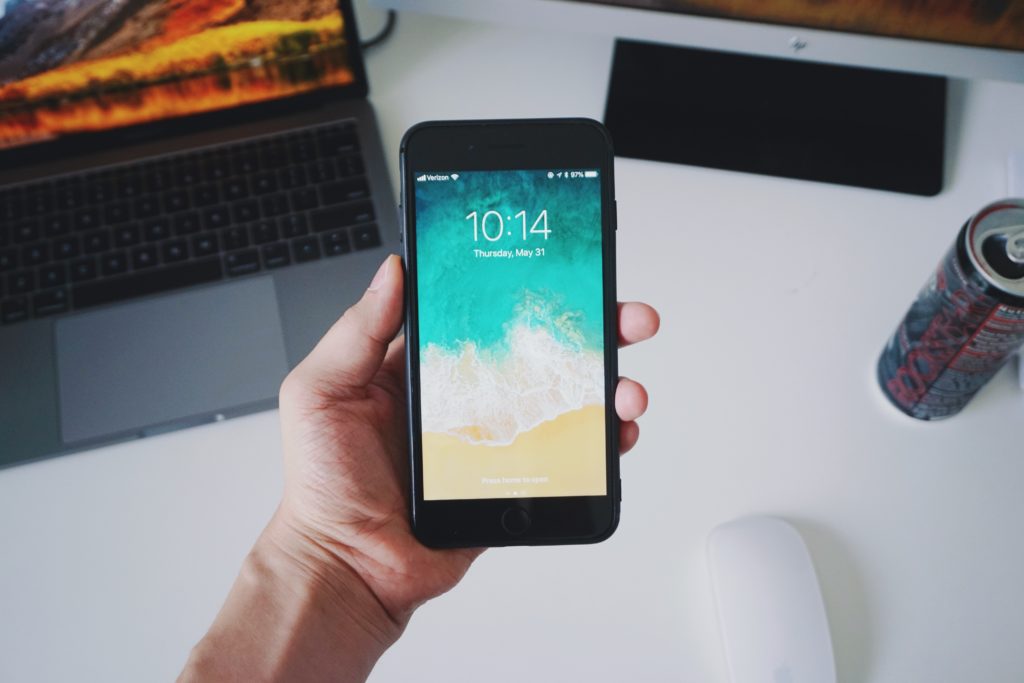
Invest in a Sturdy Case and Screen Protector
To protect your smartphone against accidental drops and scratches, it’s important to invest in a sturdy case and a high-quality screen protector. These accessories serve as the first line of defense, reducing the risk of damage. Look for cases made from durable materials that provide shock absorption.
Additionally, opt for tempered glass screen protectors to safeguard your device’s display. By taking these precautions, you can significantly increase your smartphone’s lifespan.
Keep Your Device Clean
Regularly cleaning your smartphone not only keeps it looking fresh but also helps prevent the accumulation of dirt and debris that can affect its performance. Use a soft microfiber cloth to wipe the screen and body, and consider using compressed air to clean the ports and speakers.
Moreover, it’s important to avoid harsh chemicals or abrasive materials that could damage the device’s surface. By maintaining a clean smartphone, you promote better heat dissipation and reduce the risk of hardware issues.
Optimize Battery Usage
The battery is one of the most critical components of your smartphone, and its lifespan can significantly impact the overall longevity of the device. To optimize battery usage, there are a few strategies you can employ.
Firstly, it’s important to avoid exposing your smartphone to extreme temperatures. Excessive heat or cold can degrade the battery’s performance, so it’s advisable to keep your device away from direct sunlight and extremely cold environments.
Additionally, try to avoid draining the battery completely before recharging it, as lithium-ion batteries used in smartphones operate optimally within a certain charge range.
Lastly, take advantage of the battery-saving features available on most smartphones. These power-saving modes can help reduce background processes and optimize power consumption, ultimately prolonging your battery life.
Regularly Update Software
Keeping your smartphone’s software up to date is crucial for both security and performance reasons. Manufacturers frequently release software updates that contain bug fixes, security patches, and performance improvements.
By regularly updating your device, you ensure it remains secure, runs smoothly, and benefits from the latest features and enhancements. Therefore, make it a habit to check for and install software updates on your smartphone.
Manage Storage Space
A cluttered storage space can slow down your smartphone and impact its overall performance. To manage storage effectively, there are several steps you can take.
Firstly, regularly delete unnecessary files and apps that are taking up valuable space. Removing unused applications, duplicate files, and cached data can free up storage space and improve your device’s performance.
Additionally, consider utilizing cloud storage services to transfer photos, videos, and documents, freeing up local storage.
Lastly, clearing app caches can also help reclaim storage space. Many applications accumulate temporary files or caches that consume significant storage over time, so it’s advisable to clear them periodically.
Avoid Overcharging
Overcharging your smartphone can stress the battery and potentially lead to reduced battery life. Although modern smartphones are designed to prevent overcharging by cutting off power once the battery is fully charged, it’s still a good practice to unplug your device once it reaches 100%. By doing so, you avoid unnecessary strain on the battery and promote its longevity.
Be Mindful of App Usage
Some resource-intensive applications can strain your smartphone’s processor and battery, resulting in overheating and decreased performance. To mitigate this, it’s important to be mindful of app usage.
Close unnecessary apps running in the background and consider limiting resource-intensive activities, such as gaming or video streaming, when your device is already under heavy load. By managing app usage wisely, you can prevent unnecessary strain on your smartphone’s hardware.
Conclusion:
By adopting these simple yet effective habits, you can significantly extend your smartphone lifespan and maximize its value. Taking care of your device not only saves you money in the long run but also reduces electronic waste, contributing to a more sustainable future. Remember, a little effort in maintaining and optimizing your smartphone can go a long way in ensuring it remains a reliable companion for years to come.

